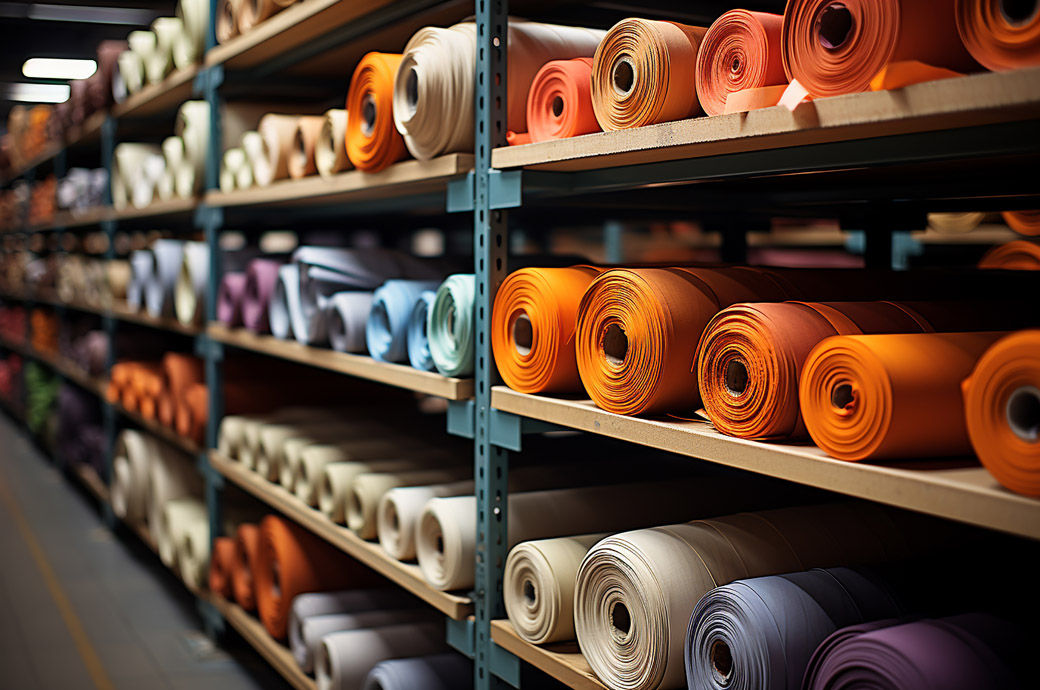
The pace of reduction was only modest, but often attributed to weak sales and confidence in domestic and overseas markets, S&P Global Ratings said in a release.
The subdued manufacturing performance was also reflected in a broad stagnation in employment levels and solid falls in purchasing activity and backlogs of work.
Input costs continued to rise at a robust rate that was the joint-strongest since last August (with December 2024).
In response, manufacturers raised their selling prices at a faster rate. Posting 49 in February, the headline au Jibun Bank Japan manufacturing PMI rose from 48.7 in January to indicate a softer deterioration in the health of the sector.
The latest contraction reflected further, albeit slower, declines in the intermediate and investment goods sectors, the release noted.
Business conditions improved modestly across the consumer goods segment. Factory output fell for the sixth successive month during February. The reduction eased month on month and was only modest overall.
Where a decline was signalled, survey participants commented on weaker new orders, while there was also evidence that firms had excess inventories. As such, stocks of finished goods were also depleted further and at the strongest rate for a year.
Overall new orders fell again in the latest survey month, extending the current sequence that began in June 2023. Demand retrenchment and weak client confidence were cited as the key factors behind the fall, notably in external markets.
Manufacturers noted a slightly sharper decline in new export business in February, with particular emphasis on muted demand in the United States and China.
ALCHEMPro News Desk (DS)
Receive daily prices and market insights straight to your inbox. Subscribe to AlchemPro Weekly!